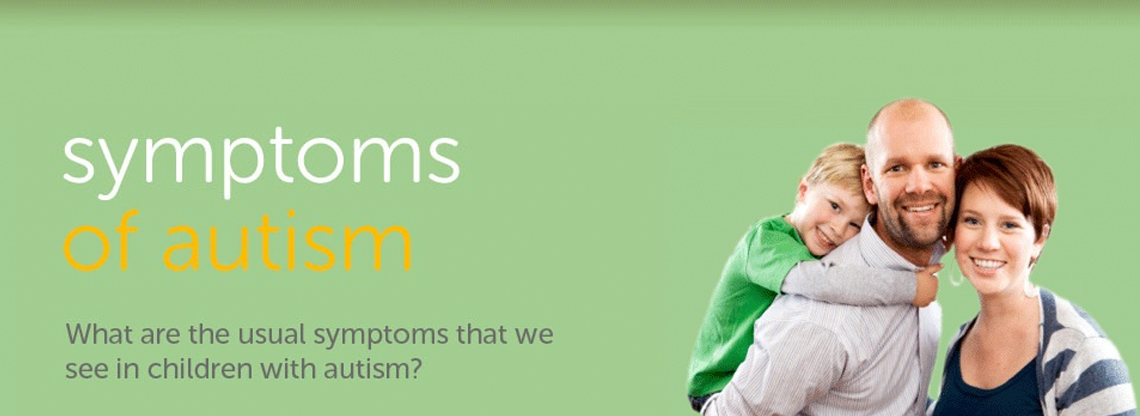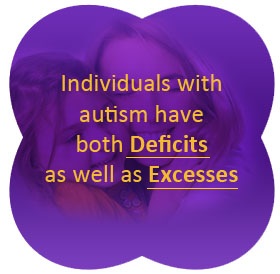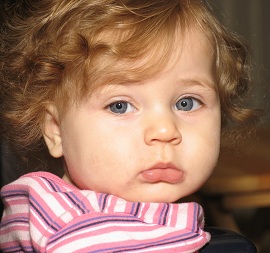Many parents find it difficult to define what autism is. Some parents say, ‘my child is just going on a slower pace’, but nevertheless continue to worry that their child may have autism.
To help in this discussion, we list down below what we know as the typical clinical characteristics of autism.
Autism entails the following:
— impairment in social development and imaginative play — including lack of eye contact, not responding to name, not responding to where you are pointing, not sharing interests of others
— markedly impaired communication skills and language development – the lack of ability, or interest to communicate (whether verbally or non-verbally) with those around him or her.
— display of stereotyped patterns of behavior (some examples include but are not limited to – spinning, body rocking, flapping of hands, lining up of objects) to the extent where the individual has a restricted range of activities and interests
Some children may display only some of these symptoms. Others may display all of them.
What are the symptoms of autism from a behavioral standpoint?
From a behavioral standpoint, we see that individuals with autism have both Deficits (behavior that they lack which typical children usually have) as well as Excesses (behaviors that they show a lot of, which typical children do not).
The Behavior Deficits that we normally see among individuals with autism are in the areas of:
— Communication – receptive language (the ability to understand and respond to what people say) and expressive language (the ability to express what the individual wants to say)
— Social – eye contact, reading social cues, functioning properly in a social context



